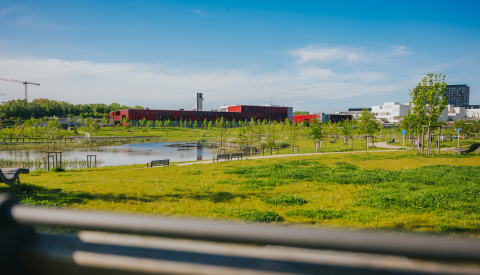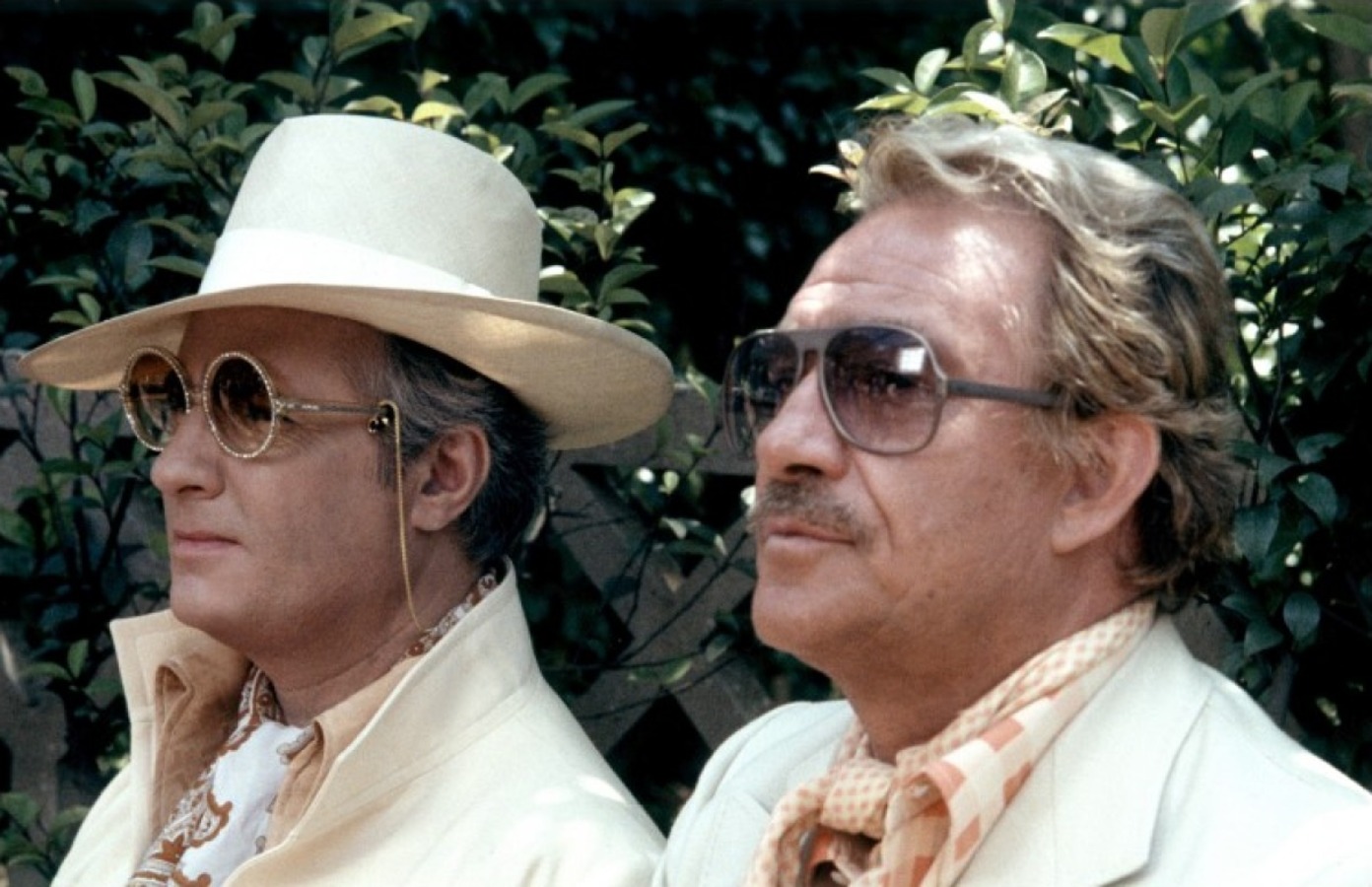Summary
It is a well-known fact that trees and green spaces are very important for good quality of life. There are a huge number of publications out there at the moment describing the positive effects of green spaces, city trees and parks. A study by the Technical University of Berlin showed that having many small green spaces is more beneficial than having just one large park. Smaller and medium-sized green spaces spread out evenly over a wider area are more efficient because this creates fewer heat islands and improves the cooling effect. Every unsealed surface can contribute to a better climate.
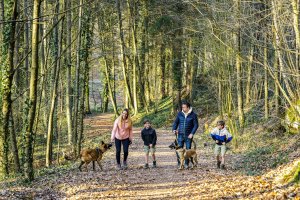
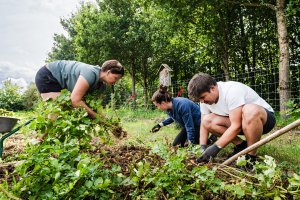
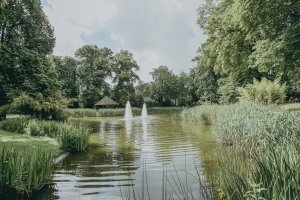
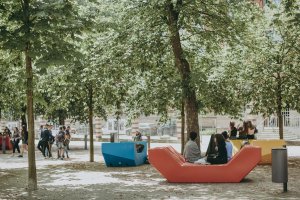

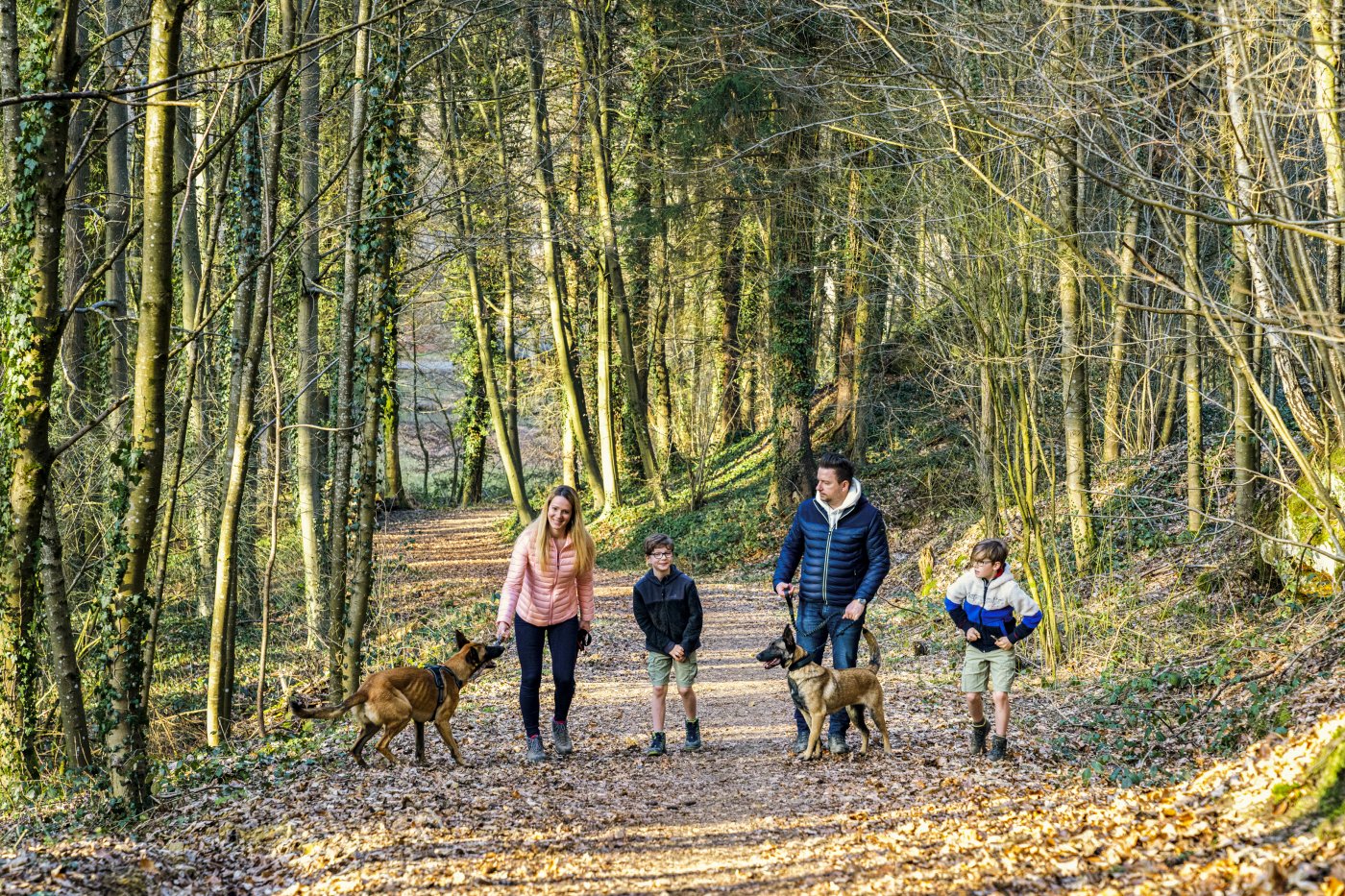
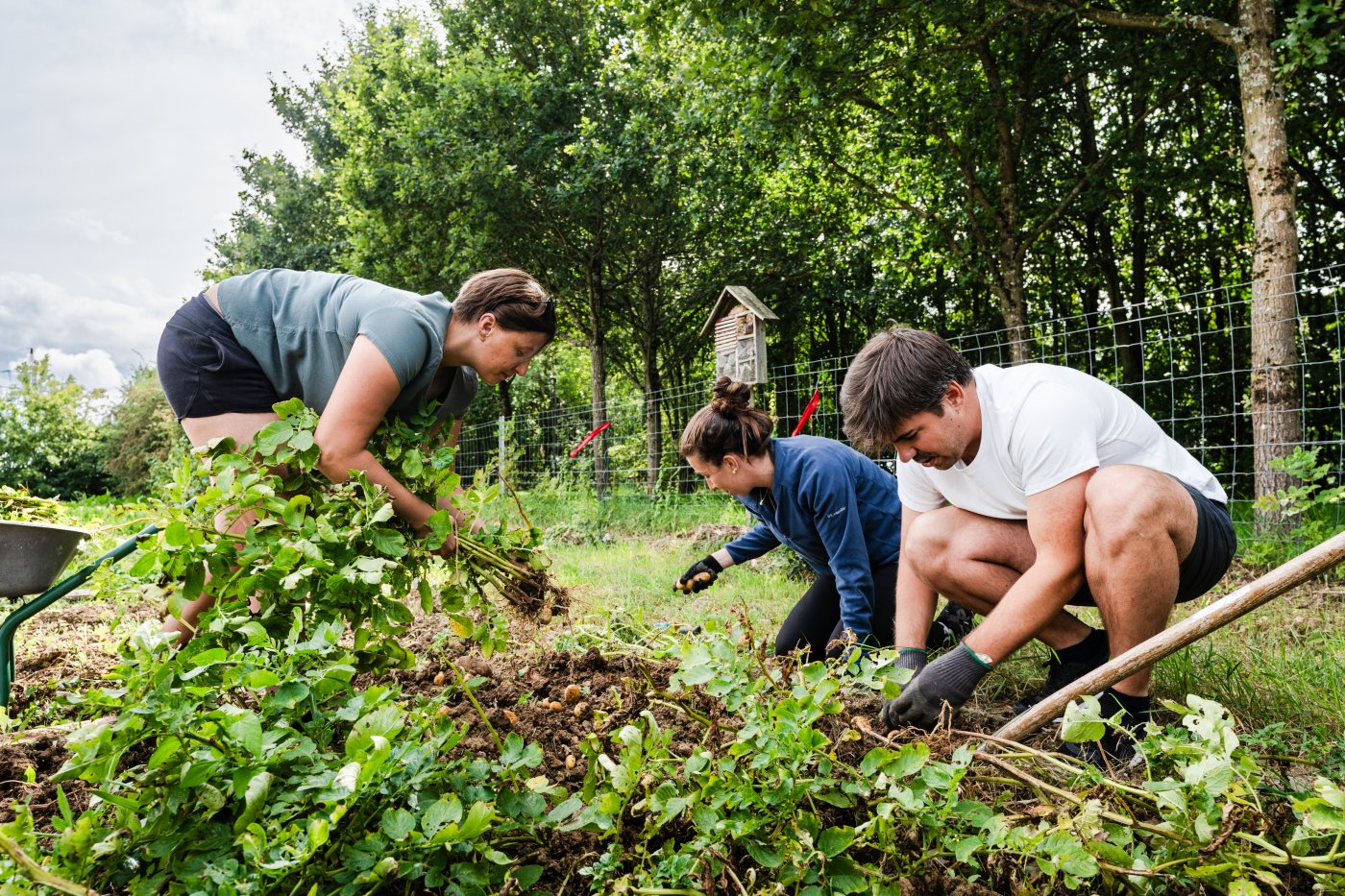
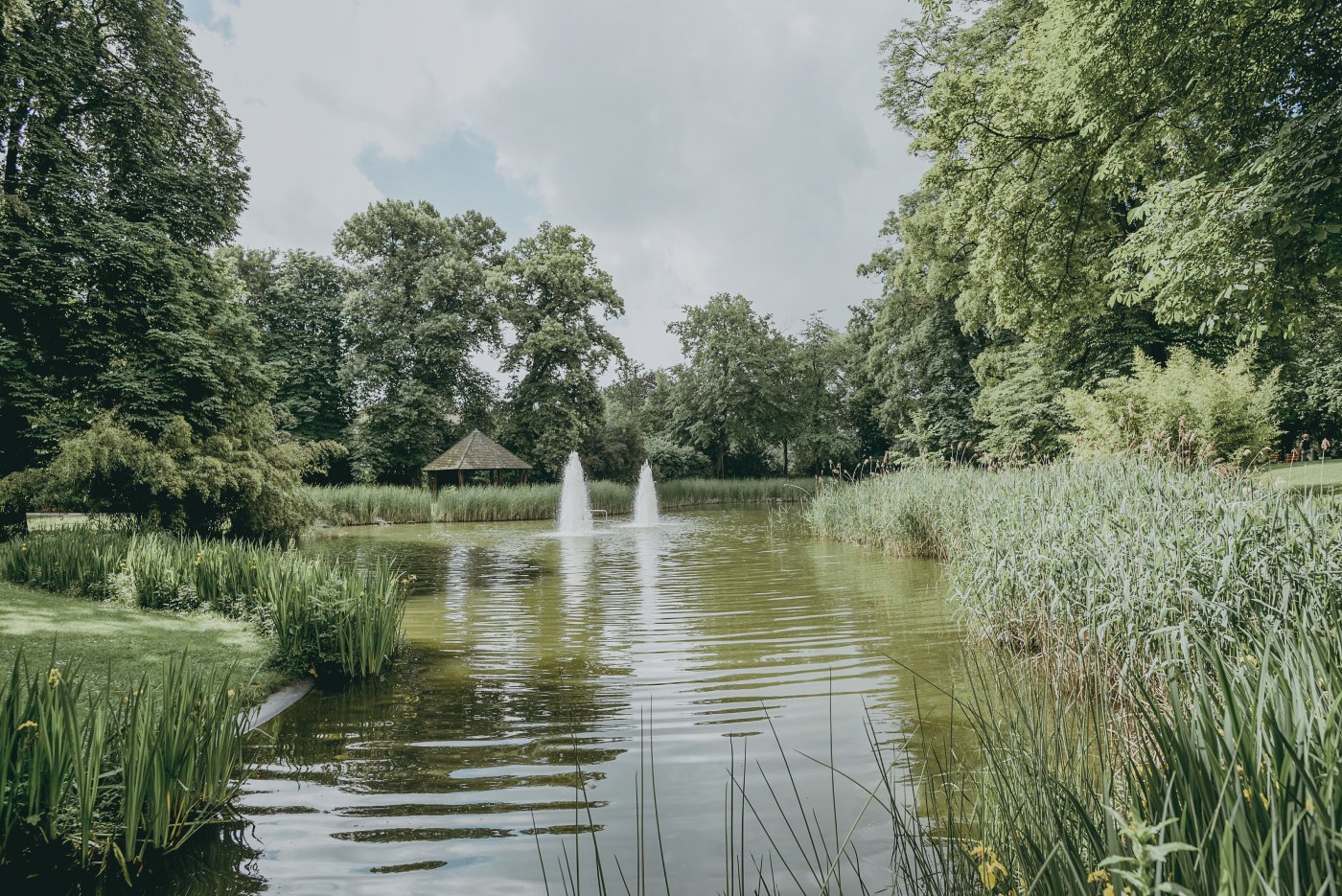
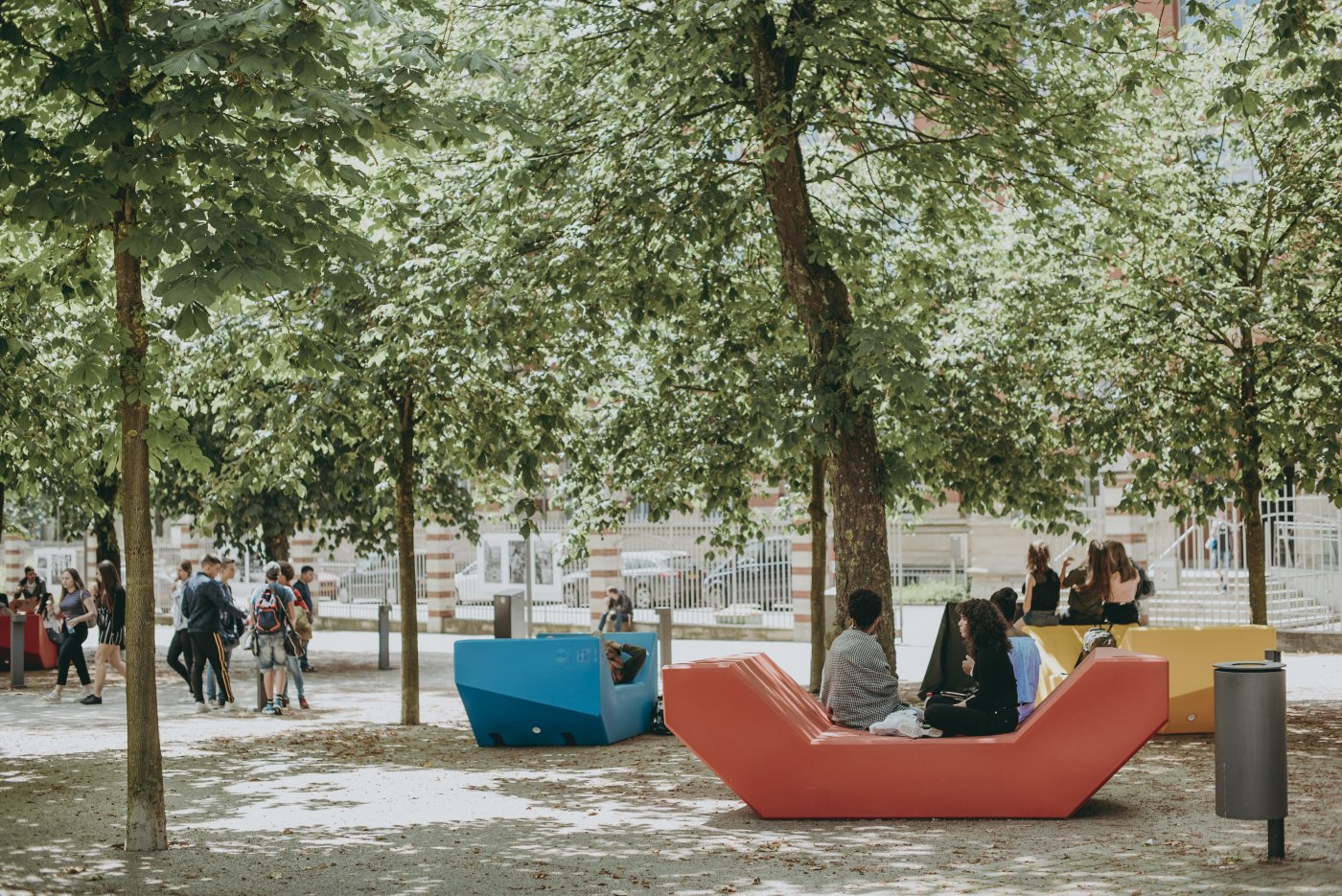
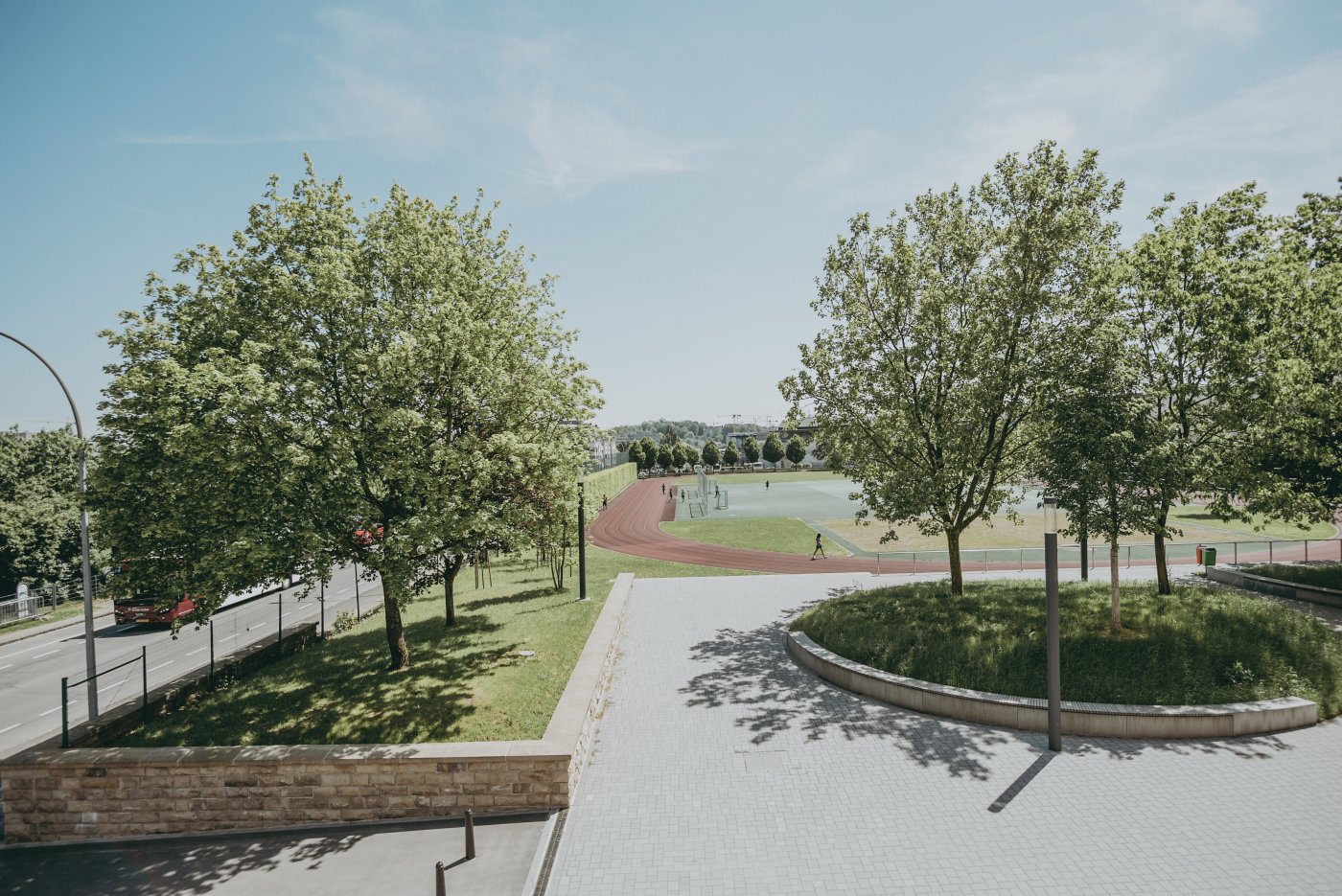
Did you know? Private front gardens, courtyards, green façades and roofs are other green spaces which have a cooling effect.
Health-promoting effects
Greenery in the living environment
- improved mental and physical well-being
- increased ability to concentrate
- reduced aggression
- increased social interaction
- reduced stress
Parks
- improved mental and physical well-being
- improved social health
- reduced stress and increased relaxation
- motivation to get active
Community gardens
- social integration
- growing your own food through gardening
- social interaction and social integration
- meaningful, satisfying activities
Therapeutic gardens
- reduced stress, anxiety and pain in patients
- Reduced stress among hospital staff
- muscle relaxation through stress reduction and light, suitable activities
- shorter recovery times
- Integration of people who find it difficult to spend time outdoors for health reasons
Interior greening
- Improved air quality
- fewer complaints such as headaches, fatigue, sore throat, dry eyes
- reduced stress
- increased ability to concentrate
- improved mental well-being
(City) Forest
- Stress reduction through exercise and stimulating the senses
- Stress reduction through fresh air and a peaceful environment
- Increased sense of identity and purpose
- Relaxation in close proximity to nature
Körner S., Nagel, A. & F. Bellin-Harder (2008): Grün und Gesundheit (Greenery and health). Literature study, University of Kassel, Department of Landscaping/Vegetation Technology.
Positive effects on the urban climate
| Type | Effects |
|---|---|
| air quality | filtering out dust and gaseous air pollutants and enriching the air with oxygen |
| creating micro-climates | limiting temperature extremes (providing shade and directing air flow) humidifying the air: for a cooler and more pleasant feel |
| water management | storing water and reducing wastewater peaks during periods of high rainfall |
| saving energy | reducing heat loss and the need for cooling |
| property value | upgrading built-up areas |
| physical health | stress reduction through exercise and stimulating the senses |
| mental health | well-being, identity, sense of home, feeling of belonging and togetherness |
| biodiversity | habitat for many creatures |
| greenhouse effect | carbon fixation |
| aesthetics | improving the appearance of streets, residential areas and public spaces |
Parks and green spaces
Luxembourg City has 15 green spaces that are classified as parks or park-like green spaces.
Here is an overview of Luxembourg City's largest parks:
- Edouard André: 19.15 ha
- Pétrusse Park: 18.61 ha
- Gasperich Park: 14.86 ha
- Merl Park: 5.75 ha
- Laval Park: 5.46 ha
- Tony Neuman Park: 4.33 ha
- Park Kaltreis: 3.63 ha
- Jardin Anglais: 2.42 ha
- Odendahl Park: 1.01 ha



